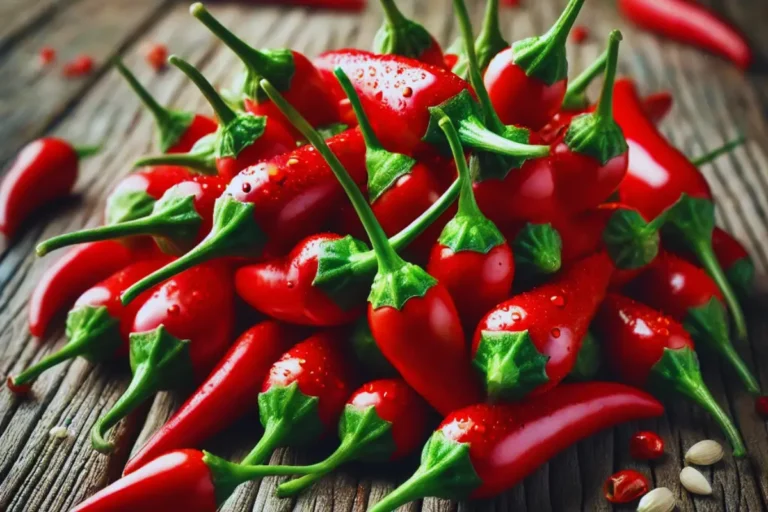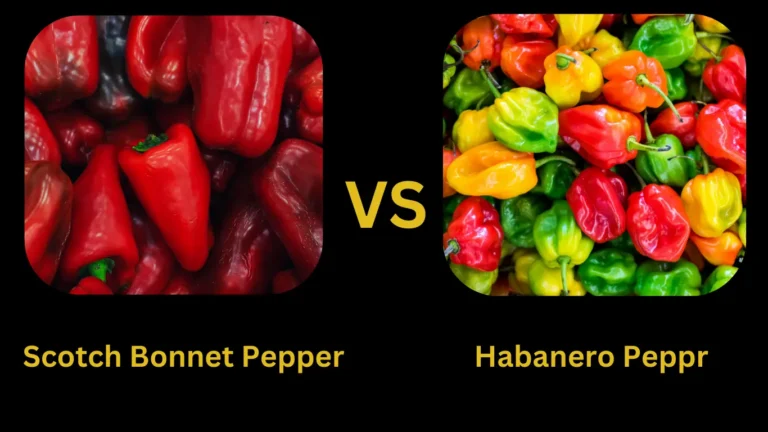Cayenne Pepper: The Bold Spice with Powerful Health Benefits
Cayenne pepper is much more than just a spice to add heat to your dishes; it’s a dynamic ingredient rich in flavor and health benefits, used for centuries in both culinary and medicinal practices. This fiery red pepper, known for its distinctive spiciness, has secured a spot in kitchens across the globe. In this comprehensive guide, we’ll delve into everything about cayenne pepper from its historical roots and nutritional value to its versatile uses in cooking and natural remedies.
Whether you’re a fan of spicy foods like the Scotch Bonnet pepper, the fiery Carolina Reaper, or the milder Jalapeño pepper, or you’re simply curious about the health benefits of cayenne pepper, this article will provide you with all the information you need. Plus, we’ll discuss potential substitutes like Habanero pepper for those who seek similar heat and flavor in their recipes.
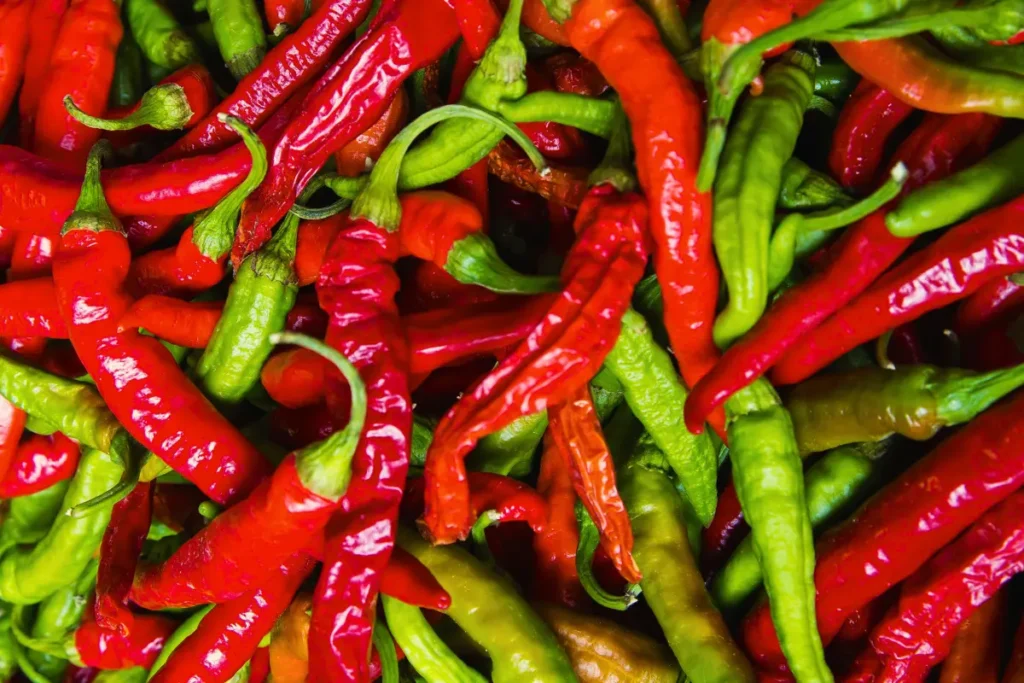
What is Cayenne Pepper?
Cayenne pepper (Capsicum annuum) is a type of chili pepper belonging to the Solanaceae family, including bell peppers, jalapeños, and other hot peppers. It is usually red, although some varieties can be green, yellow, or orange. The pepper is named after the city of Cayenne in French Guiana, a region where it was originally cultivated.
This pepper is often dried and ground into a fine powder, which is widely used as a spice in cooking. It has a pungent, spicy flavor due to its high capsaicin content—the compound responsible for the heat in chili peppers. On the Scoville Heat Scale, Cayenne typically ranges from 30,000 to 50,000 Scoville Heat Units (SHU), placing it on the higher end of the spiciness spectrum compared to milder peppers like the jalapeño.
Nutritional Profile of Cayenne Pepper
This pepper is not just about heat; it also packs a significant nutritional punch. Despite being used in small amounts, it contributes essential vitamins and minerals to your diet.
A teaspoon of cayenne pepper (about 2 grams) contains approximately:
- Calories: 6
- Protein: 0.3 grams
- Carbohydrates: 1.2 grams
- Fiber: 0.7 grams
- Fat: 0.3 grams
Cayenne pepper is rich in Vitamin A, providing about 44% of the Recommended Daily Allowance (RDA) per teaspoon. It also contains Vitamin C, Vitamin E, and several B vitamins, including B6, niacin, and riboflavin. Additionally, cayenne is a good source of manganese, potassium, and iron.
The key active compound in cayenne capsaicin, is responsible for many of its health benefits. Capsaicin has been extensively studied for its ability to boost metabolism, reduce pain, and fight inflammation.
Health Benefits of Cayenne Pepper
Cayenne pepper is often referred to as a “superfood” because of its impressive array of health benefits. Here are some of the most significant ways cayenne pepper can improve your health:
Boosts Metabolism and Aids in Weight Loss
Capsaicin has been shown to increase the body’s metabolic rate, leading to more calories burned throughout the day. This thermogenic effect can contribute to weight loss when combined with a healthy diet and regular exercise. Additionally, it can help suppress appetite, making it easier to reduce calorie intake.
Supports Cardiovascular Health
Cayenne promotes cardiovascular health by improving blood circulation and reducing blood pressure. Capsaicin helps prevent blood clots, which can lower the risk of heart attack and stroke. Furthermore, it has been linked to reduced cholesterol levels, contributing to overall heart health.
Provides Pain Relief
Capsaicin is a well-known natural pain reliever. It works by desensitizing nerve receptors that transmit pain signals to the brain. This makes it an effective treatment for conditions such as arthritis, muscle pain, and nerve damage. Topical creams containing capsaicin are commonly used to manage chronic pain.
Improves Digestion
Cayenne stimulates the production of digestive enzymes, which aids in the breakdown of food and the absorption of nutrients. It also increases gastric juices, helping to prevent indigestion and bloating. Additionally, it has been shown to help combat stomach ulcers by promoting healthy gastric mucosa.
Potential Cancer-Fighting Properties
Some studies suggest that capsaicin may have anticancer properties. Research has indicated that capsaicin can inhibit the growth of certain types of cancer cells, including those in the prostate, breast, and colon. While more research is needed, these findings highlight the potential of cayenne pepper as part of a cancer-preventive diet.
Anti-inflammatory and Antioxidant Properties
Cayenne is rich in antioxidants, which help protect the body against free radical damage and oxidative stress. These properties contribute to the pepper’s anti-inflammatory effects, making it beneficial for arthritis, allergies, and respiratory issues.
Different Varieties of Cayenne Pepper
Cayenne pepper is available in several varieties, each with its unique characteristics. Here are some of the most common types:
Cayenne Long Slim
This is the most widely recognized variety of cayenne pepper. It produces long, slender, bright red peppers that are typically used to make cayenne powder. With a heat level of 30,000 to 50,000 SHU, it offers a balanced spice that is ideal for general culinary use.
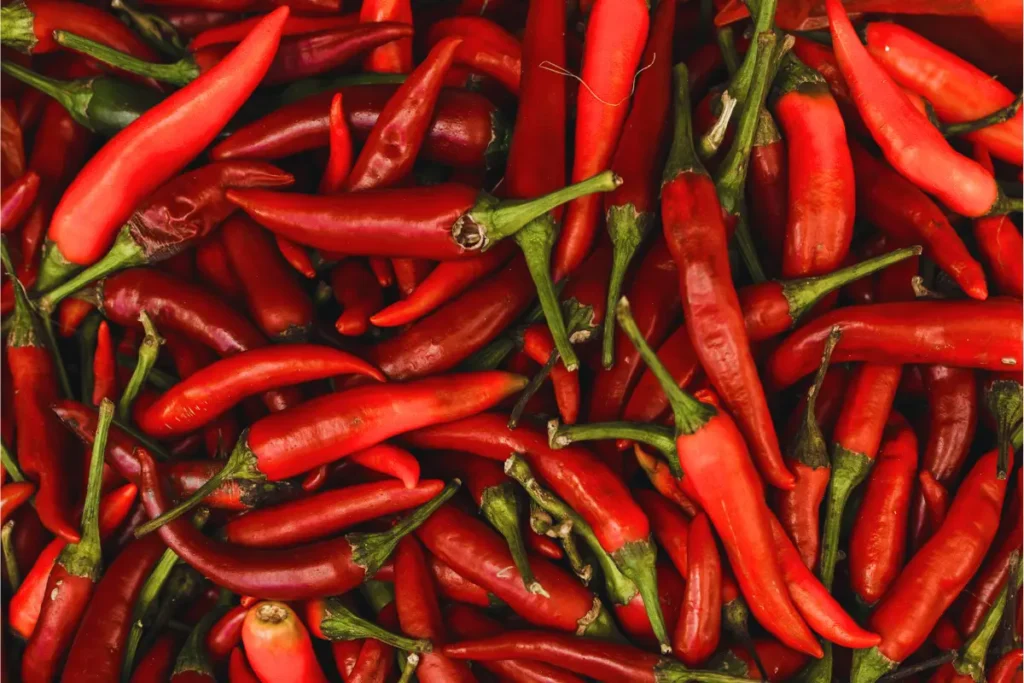
Charleston Hot
A hotter variety of cayenne, the Charleston Hot can reach up to 70,000 SHU. It is popular in southern cuisine, where its intense heat adds a fiery kick to dishes.
Cayenne Purple
As the name suggests, this variety has a deep purple color when immature, turning red as it ripens. It is slightly milder than the Long Slim variety, making it suitable for those who prefer a less intense heat.
Golden Cayenne
This variety produces bright yellow peppers and has a slightly sweeter flavor. With a SHU of 35,000 to 50,000, it offers a moderate heat level and is often used in decorative culinary applications.
Culinary Uses of Cayenne Pepper
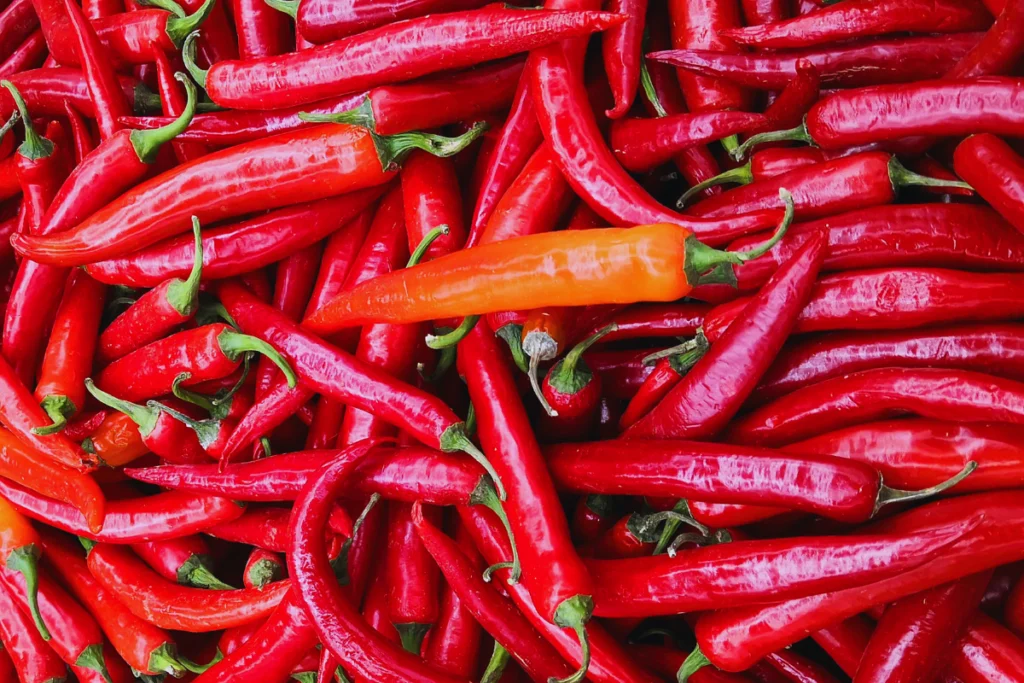
Cayenne pepper is a versatile spice that can be used in a variety of dishes to add heat and depth of flavor. Here are some ways to incorporate cayenne pepper into your cooking:
Traditional Dishes and Regional Specialties
This pepper is a staple in many cuisines around the world, particularly in Mexican, Indian, Thai, and Cajun cooking. It is commonly used in spice blends such as chili powder and curry powder. Traditional dishes like gumbo, chili, and enchiladas often rely on cayenne pepper to provide heat.
Incorporating Cayenne Pepper into Everyday Meals
You can easily add a pinch of cayenne pepper to soups, stews, and sauces to give them a spicy kick. It works well in marinades for meats and vegetables, as well as in salad dressings and dips. For a simple snack, sprinkle cayenne pepper on roasted nuts or popcorn.
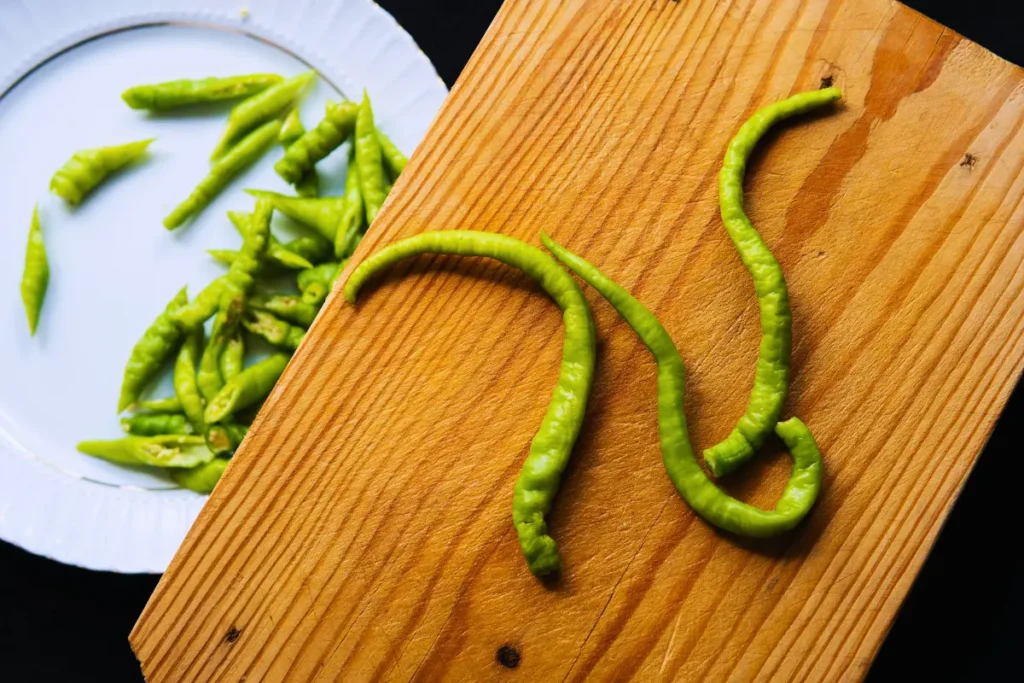
Popular Recipes Featuring Cayenne Pepper
Some popular recipes that showcase cayenne pepper include:
Spicy Chili:
A classic dish where cayenne pepper enhances the flavor of the ground beef, beans, and tomatoes.
Cayenne Hot Sauce:
Made from fresh cayenne peppers, vinegar, and garlic, this hot sauce is perfect for adding spice to any meal.
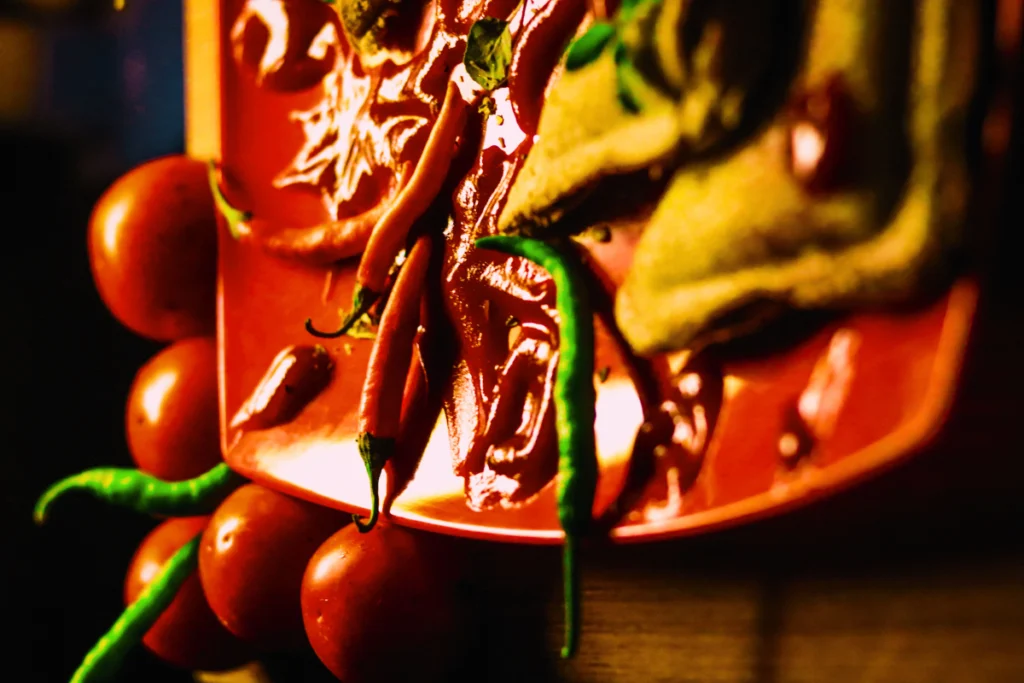
Spicy Grilled Chicken:
Marinated in a blend of cayenne pepper, garlic, lemon juice, and olive oil, this dish offers a flavorful and fiery taste.
Tips for Balancing Heat in Recipes
When using this pepper, it’s important to balance the heat with other flavors. Pairing it with ingredients like lime juice, honey, or yogurt can help mellow the spiciness. Start with a small amount and adjust according to your taste preference.
How to Grow Cayenne Pepper
Growing cayenne pepper at home is a rewarding experience that allows you to enjoy fresh, flavorful peppers throughout the growing season. Here’s how to get started:
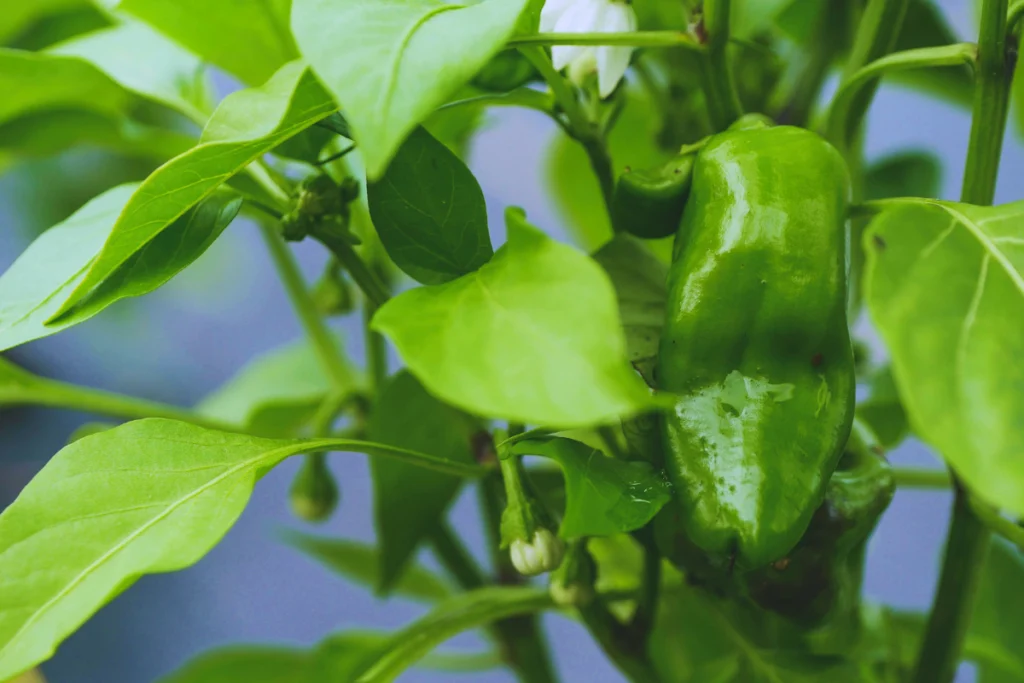
Ideal Growing Conditions and Climate
Cayenne peppers thrive in warm, sunny climates. They require well-draining soil with a pH between 6.0 and 7.0. Peppers should be planted in an area that receives at least six to eight hours of sunlight per day.
Step-by-Step Guide to Planting and Harvesting
Planting
Start seeds indoors about 8-10 weeks before the last expected frost. Once the seedlings are a few inches tall and the weather has warmed, transplant them into the garden or larger containers.
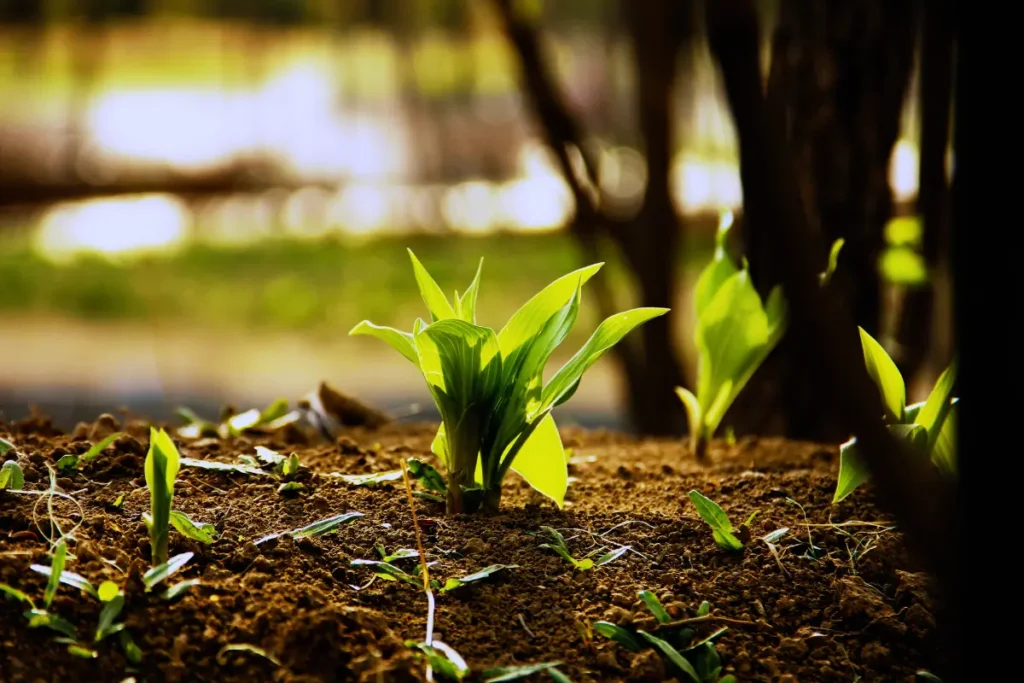
Care
Water the plants regularly, ensuring the soil stays moist but not waterlogged. Fertilize every few weeks with a balanced fertilizer.
Harvesting
Cayenne peppers are ready to harvest when they are fully red and firm to the touch. Use scissors or a knife to cut the peppers from the plant, leaving a small stem attached.
Common Pests and Diseases
Common pests that affect cayenne peppers include aphids, spider mites, and whiteflies. To manage these, use natural pest control methods like neem oil or insecticidal soap. Diseases such as root rot and bacterial spot can be prevented by ensuring good air circulation and avoiding overwatering.
Tips for Maximizing Yield
To maximize your cayenne pepper yield, regularly prune the plants to encourage bushier growth and more fruit production. Also, consider companion planting with basil or marigolds, which can help deter pests and improve overall plant health.
Preserving and Storing Cayenne Pepper
Once you’ve harvested your cayenne peppers, there are several ways to preserve them for long-term use.
Drying Methods for Cayenne Pepper
Drying is one of the most common methods for preserving cayenne peppers. You can air dry them by hanging them in a warm, dry place, or use a food dehydrator for faster results. Once dried, the peppers can be stored whole or ground into powder.
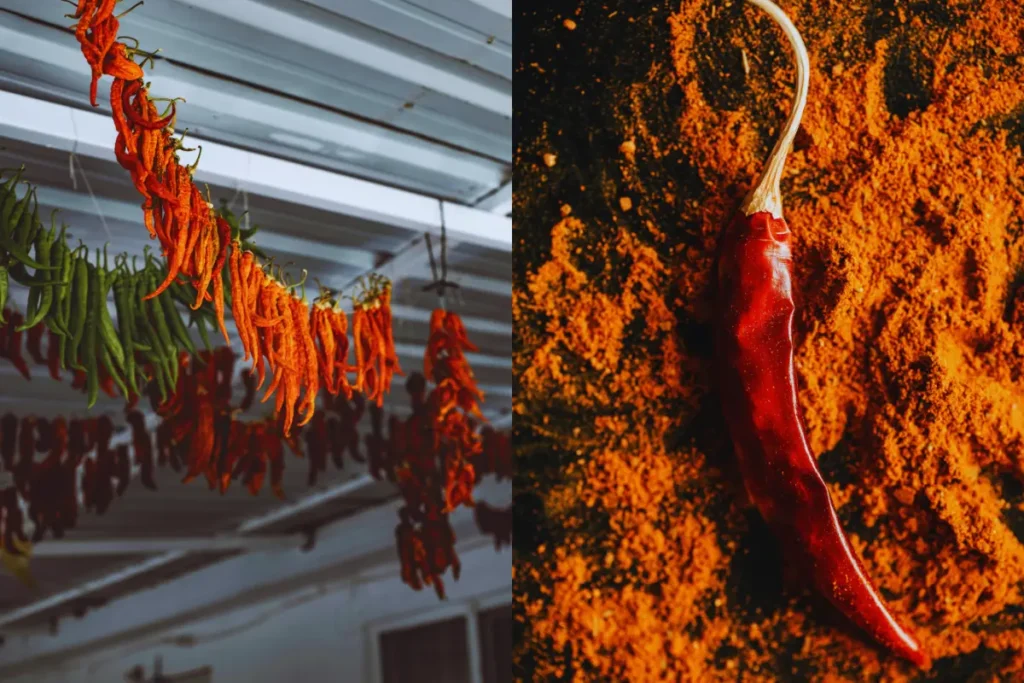
How to Make Cayenne Pepper Powder
To make cayenne pepper powder, simply grind dried cayenne peppers in a spice grinder or food processor until they reach a fine consistency. Store the powder in an airtight container in a cool, dark place for up to a year.
Best Practices for Long-Term Storage
For long-term storage, keep dried cayenne peppers or powder in an airtight container away from heat and light. This will preserve their flavor and potency for several months. Freezing cayenne peppers is another option, though it’s best suited for whole peppers rather than powder.
The Role of Cayenne Pepper in Traditional Medicine
Cayenne pepper has been used in traditional medicine for centuries, valued for its healing properties.
Historical Uses in Various Cultures
Native Americans and ancient cultures in Asia and Africa have long used cayenne pepper for its medicinal benefits. It was commonly employed to treat digestive issues, pain, and infections.
Modern Applications in Natural Medicine
Today, cayenne pepper is still used in natural medicine, often in the form of supplements or topical treatments. Capsaicin, the active compound, is found in creams and patches used for pain relief. It’s also taken orally to boost metabolism, support heart health, and improve digestion.
Cayenne Pepper in Supplements and Topical Treatments
Capsaicin supplements are available in various forms, including capsules and tinctures. Topical treatments containing capsaicin are widely used for relieving joint and muscle pain and are often recommended for conditions like arthritis and fibromyalgia.
Cayenne Pepper in Modern Cuisine
In modern cuisine, cayenne pepper is celebrated for its ability to add heat and depth to both traditional and innovative dishes.
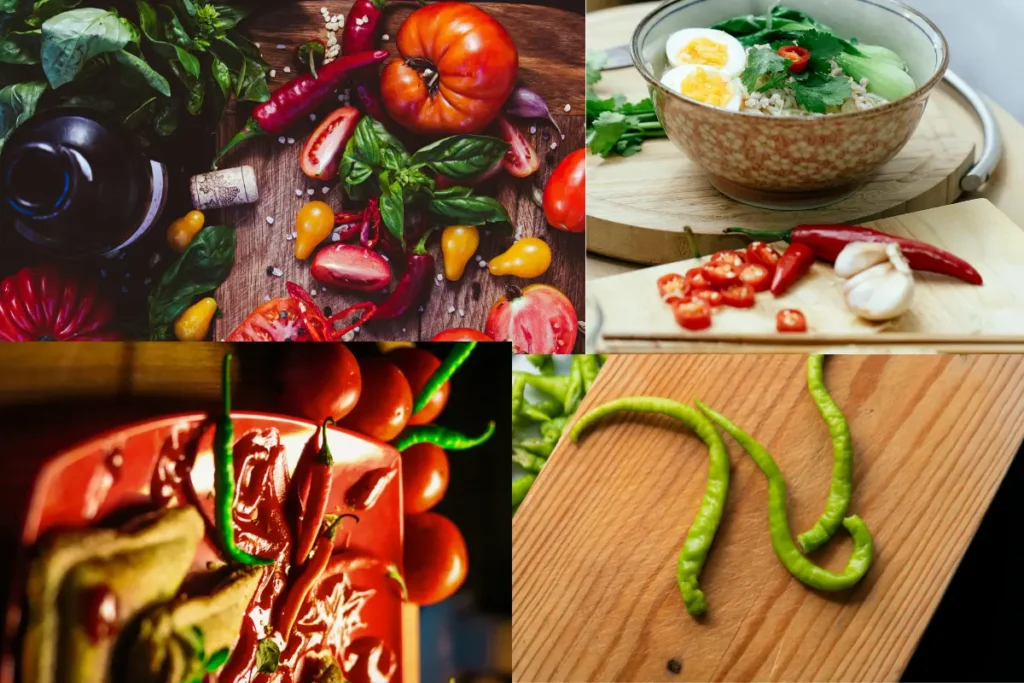
Innovative Dishes and Contemporary Uses
Chefs are increasingly using cayenne pepper in creative ways, from spicy desserts like chocolate cayenne truffles to fiery sauces and marinades. Its versatility allows it to be incorporated into both sweet and savory dishes.
Cayenne Pepper in Fusion Cuisine
Cayenne pepper is a key ingredient in fusion cuisine, where it’s used to add heat and complexity to dishes that blend different culinary traditions. For example, you might find cayenne pepper in Korean-Mexican fusion tacos or Indian-inspired spiced cocktails.
Spicy Beverages and Cocktails Using Cayenne
This pepper is also making its mark in the beverage world. It’s often used in spicy cocktails like the cayenne-spiced margarita or in health drinks like cayenne lemon water, which is popular in detox regimens.
Potential Side Effects and Precautions
While cayenne pepper offers numerous health benefits, it’s important to be aware of potential side effects and precautions.
Digestive Discomfort and How to Mitigate It
For some people, consuming these peppers can cause digestive discomfort, such as heartburn or stomach pain. To reduce these effects, start with small amounts and gradually increase your intake. Pairing cayenne with dairy products can also help neutralize the heat.
Allergic Reactions and Sensitivities
Although rare, some individuals may be allergic to cayenne pepper. Symptoms of an allergic reaction include itching, swelling, and difficulty breathing. If you suspect an allergy, it’s best to avoid these peppers and consult with a healthcare provider.
Safe Consumption Guidelines for Cayenne Pepper
To enjoy cayenne pepper safely, use it in moderation, especially if you’re not accustomed to spicy foods. If you have a medical condition, such as acid reflux or irritable bowel syndrome, consult with your doctor before adding cayenne pepper to your diet.
Cultural Significance of Cayenne Pepper
This pepper is more than just a spice; it has cultural significance in many parts of the world.
Role in Rituals and Cultural Practices
In some cultures, this pepper is used in rituals and traditional practices. For example, it is sometimes used in cleansing ceremonies or as a protective charm.
Influence on Global Culinary Trends
This pepper has influenced global culinary trends, particularly in the rise of spicy foods. Its popularity has led to the creation of many new products, from spicy snacks to hot sauces.
Cayenne Pepper in Popular Culture
This pepper has even found its way into popular culture, often symbolizing boldness and intensity. It’s referenced in songs, movies, and television shows, where it’s associated with heat and spice.
Buying and Selecting Cayenne Pepper
When purchasing these peppers, whether fresh or dried, it’s important to choose high-quality products.
Tips for Choosing High-Quality Cayenne Pepper
When buying fresh cayenne peppers, look for firm, brightly colored peppers with smooth skin. Avoid peppers with soft spots or discoloration. For dried cayenne powder, choose a product with a vibrant red color and a strong, pungent aroma.
Fresh vs. Dried Cayenne Pepper
Both fresh and dried cayenne pepper have their uses in the kitchen. Fresh peppers are ideal for recipes where you want the flavor and heat to stand out, while dried cayenne pepper is perfect for spice blends, rubs, and seasonings.
Understanding Labeling and Sourcing
When buying cayenne pepper, especially in powdered form, check the label to ensure it’s 100% pure cayenne without any additives or fillers. If possible, choose organic or sustainably sourced cayenne pepper to ensure the highest quality and environmental standards.
Environmental Impact of Cayenne Pepper Cultivation
Like many agricultural products, cayenne pepper cultivation can have environmental impacts.
Sustainable Farming Practices
Sustainable farming practices, such as crop rotation and organic farming, can help reduce the environmental impact of cayenne pepper cultivation. These practices improve soil health and reduce the need for chemical pesticides.
Impact on Local Ecosystems
Intensive farming of cayenne pepper can lead to soil degradation and loss of biodiversity. Supporting small-scale and sustainable farms can help mitigate these effects and protect local ecosystems.
Cayenne Pepper in the Context of Global Agriculture
Cayenne pepper is an important crop in many regions around the world. It plays a significant role in the agricultural economy of countries like India, China, and Mexico. Sustainable farming practices are crucial for ensuring the long-term viability of cayenne pepper production.

